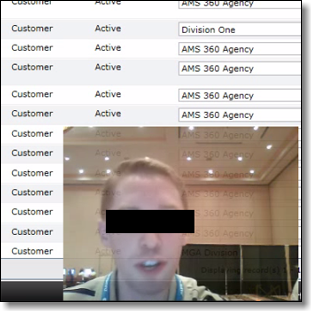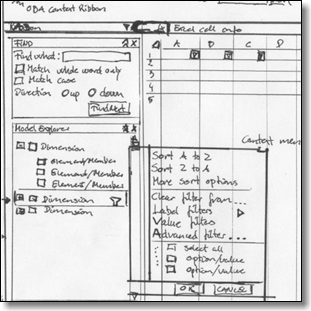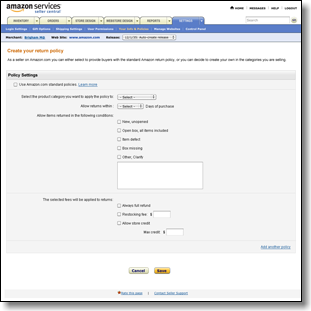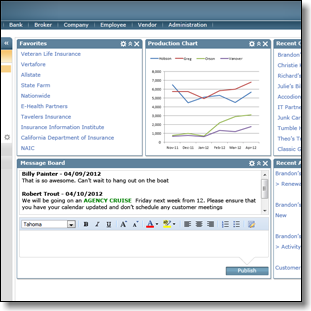Portfolio | Peter Birkdal Peterson
Methods. Beliefs
Work from a design idea (it does not need to be pretty)
I believe strongly in iterations and working from actual designs instead of abstractions and lofty goals.
My method is to get to a end-to-end design of of the product as quickly as possible. I happens though quick sketches and when needed through more elaborate deliverables.
The level of fidelity needed is depending on team members UX readiness, time available and goals. The best designs always grows from where rough sketches can get feedback early on and there is a committed team.
From there I test the assumptions through the design. As much as I possibly can.
In later years my approach has been called lean UX - but I do not claim that I belong to one school or another.
Define the flow
In my perception the UI look and feel is the last piece. The core of the design is the flow, the scenarios, the users, the roles and often, resource limitations. In conjunction with rough sketches of the end experience I work iterative with flows or other types of visual analogies to find the most efficient flow for the product.
This can either be use cases, site maps, flow diagrams, decision trees, walk-throughs etc. If needed I will write specs or use what ever format the development team is comfortable with.
It is the understanding and the rational approach that is important. Not the format of the deliverables.
Do you know what you are doing and do you know why?
Seymour Chwast is quoted for saying "if you dig a hole and it's in the wrong place, digging it deeper isn't going to help".
My is always starting from the actual problem statement.
Secondly, is there any objective data source, tribal knowledge...anything that can verify the problem and the assumptions around solving it?
I prefer working with user researchers for field research, usability and other research activities. If none is available I will do it myself.
Most importantly, I work with whatever resources and talent there is available.



Provide the blue print
Wireframes provides enough fidelity to often work as a communication platform for a wider team. Wireframes contain detailed notes on the interaction and placement of UI elements.
One of the great benefits of working with wireframes is that it takes discussions about look and feel out of the process while still visualizing an experience.

Be consistent, fit in
I have worked on a lot of business applications.
Business applications has to solve a specific business problem where consumer applications can litte more creative towards their subject matter.
You can not rething basic accounting practices just because it would make a better application. This should not be a reason for the business application to be a bad experience though.
For business applications my UX is always part of negotiations between features vs. experience, buyer considerations vs. end user considerations, marketing opportunities vs. real world usefulness, cobranding vs. optimized design and finally user experience vs. development efficiency.

In the end, good looks matter
You would never buy a car with half the paint missing, with big gaps in the dashboard. Neither should anyone have to deal with unfinished UI.
When the team or project is readyI generally move towards fewer design deliverables but with higher resolution. I will never consider mysef an art director but I am no stranger to style guides, icons and branding elements.
Providing the final finish to the product that not only leaves a better first time impression but also impacts the overall customer and user perception of the quality of the offering.
